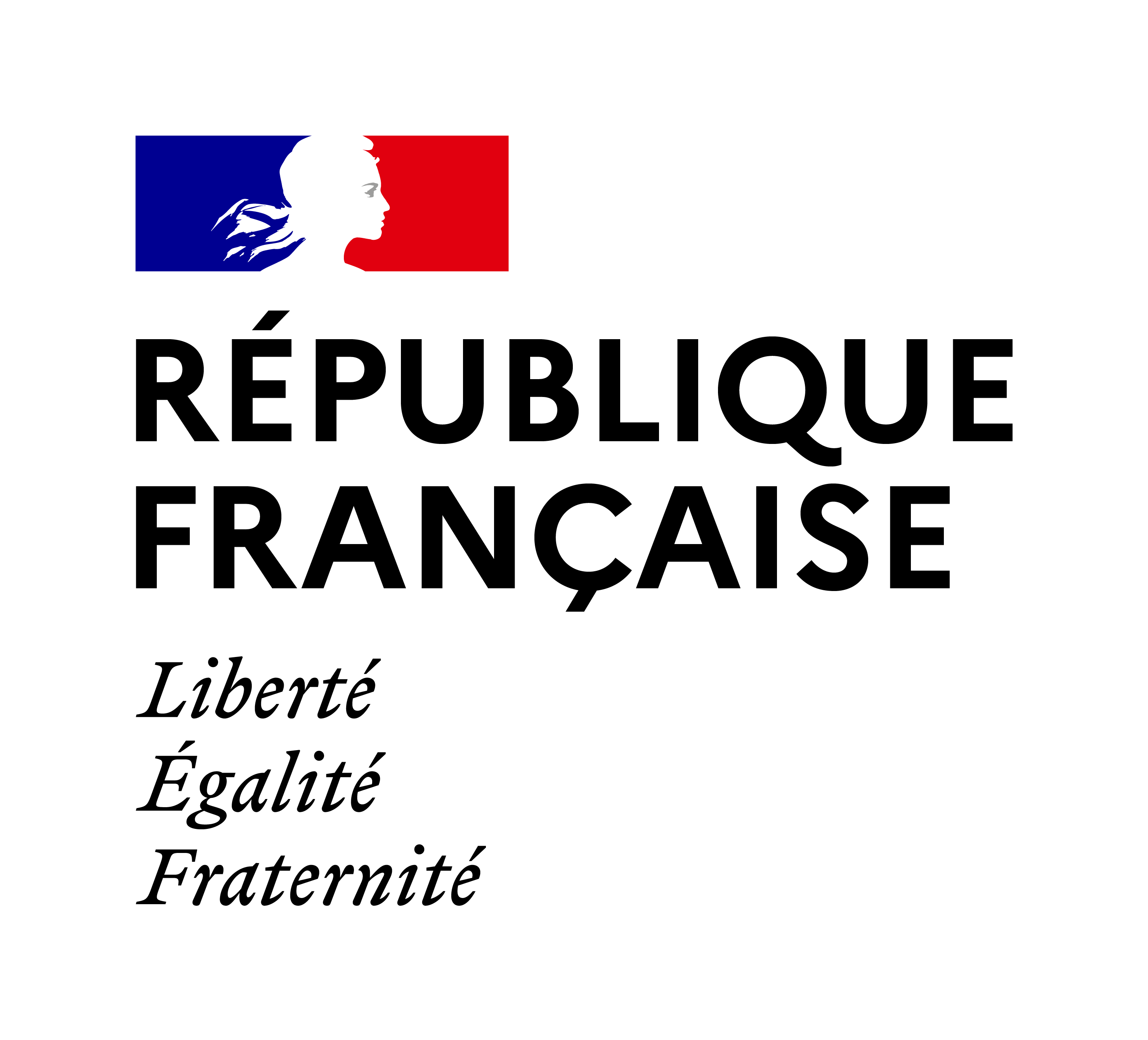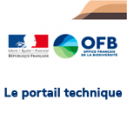Report on the first trials and tests of the new model: Biodegradable and recyclable fishing nets

On the 15th July, Jérémy Devogel, skipper of the Néreïdes II, took on board nearly 3000 m of biodegradable, bio-sourced, recyclable fishing netting without any microplastic.
In June 2020, the first prototype was tested: 1,000 m of the new material was inserted into a trammel net. This is the netting - made up of three superimposed nets - used by gillnetters, fishermen practicing small-scale coastal fishing.
The testing of the new netting in real fishing conditions is starting, in parallel with the recycling tests of the used prototype and a marketing study aimed at the perpetuation and generalisation of the project.
The continuation of a promising test
The 10% of biodegradable netting taken on board and used during the 2020 summer season fished in a rather similar way to traditional netting. Its deterioration over the season also allowed it to be used by the gillnetter until the end of the fishing season, just like conventional netting.
The second prototype is in turn being initiated in a test phase at sea in Boulogne-sur-Mer during the summer season, then in Fécamp during the winter season. The mechanical properties of the net, its structure and its colour have been adjusted to bring it closer to the classic plastic netting in terms of fishing capacity and resistance. Almost 30% of the fishing gear will be biodegradable throughout these two years of testing, representing 3000 m of netting.
Two major environmental objectives
A gillnetter is expected to use 3 tonnes of nylon nets each year, representing a huge amount of waste, the recycling of which is currently impossible. However, the prototype on which the Marine Natural Park has worked should be compostable: the project will therefore lead to a significant improvement in the management of waste linked to fishing activities.
But that's not all, a piece of netting lost in the sea is a risk for the environment. Nylon netting has a very long degradation time in the sea. If it does end up breaking down at all, it is in the form of micro-plastics. The aim of the Marine Natural Park and FROM Nord is to design a net that can be used for one year: gillnetters renew their equipment every year. After that, this netting - if it were to be lost - would decompose more quickly and with less impact on the environment than nylon netting.
A European project to reduce the environmental impact of fishing through innovation
The Marine Natural Park of the Picardie Estuaries and the Opale Sea, in partnership with the FROM Nord producer organisation, launched the TEFIBIO project at the beginning of 2021. It is financed to the tune of 750,000 euros, 80% of which comes from Measure 39 of the European Maritime and Fisheries Fund. The "France Filière Pêche" fisheries association is providing support by co-financing the project.
The companies Seabird, Nautique Conseil, Take a Waste and Guillaume Dupont Marine Engineering are contributing their expertise in innovation and technical implementation to the project leader, which is the Marine Natural Park, and to FROM Nord.




